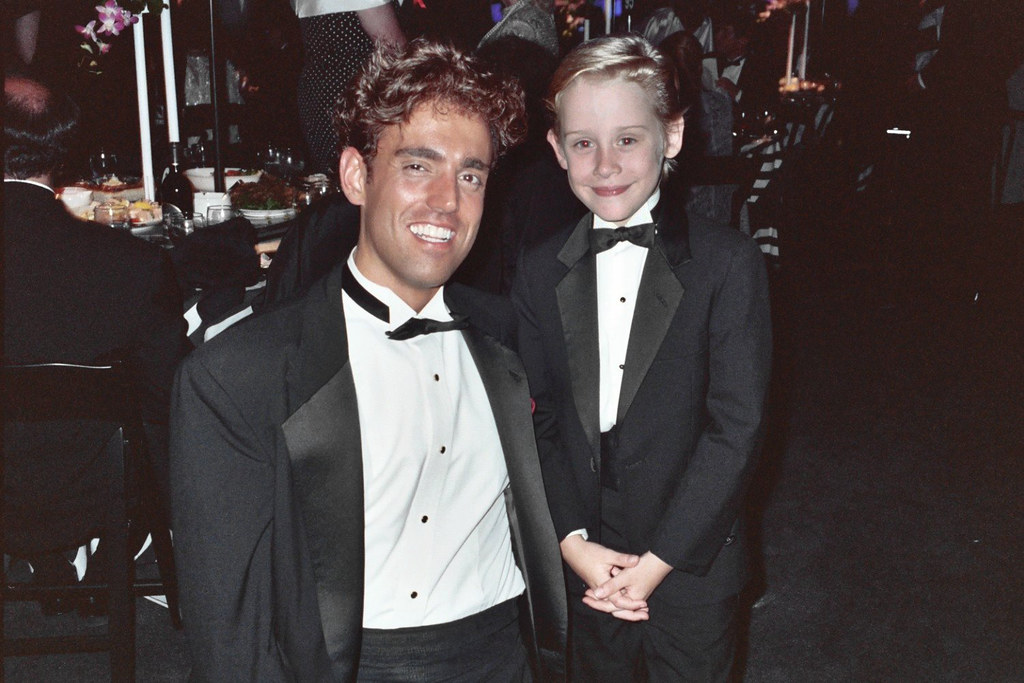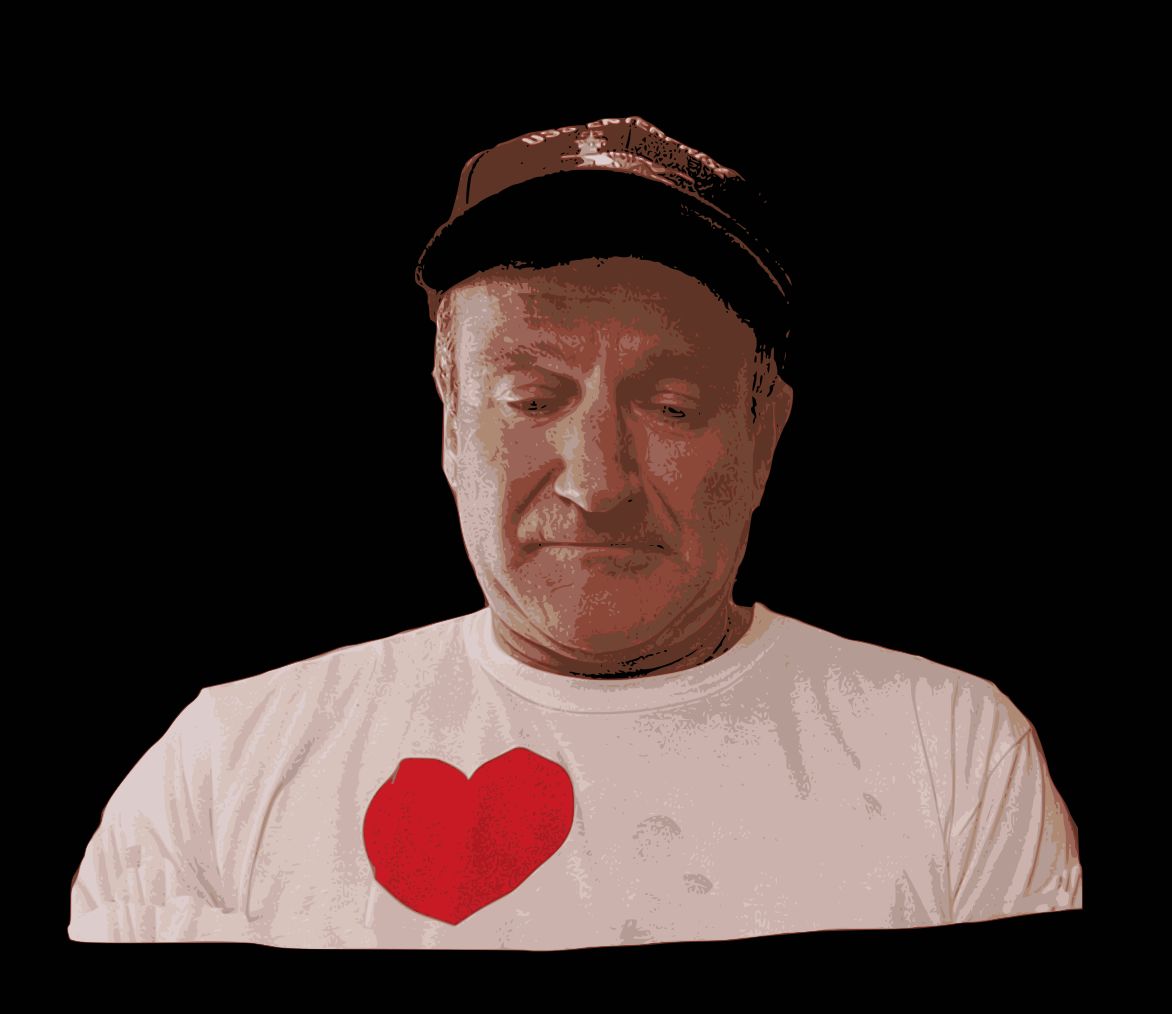
The world mourned on August 11, 2014, when news broke of Robin Williams’ tragic passing at the age of 63. A titan of comedy and a profoundly nuanced actor, Williams had touched millions of hearts globally through his diverse roles, from the hilarity of “Mrs. Doubtfire” to the profound depth of “Good Will Hunting” and the beloved voice of Genie in “Aladdin.” For many, his death was initially attributed to a long-understood battle with depression, a narrative that, while not entirely inaccurate, proved to be profoundly incomplete.
His widow, Susan Schneider Williams, has since undertaken a poignant mission to illuminate the fuller, more complex truth behind her husband’s final, agonizing months. She has bravely revealed a battle against an insidious and largely misunderstood neurological disorder that ultimately claimed his life.
In the aftermath of her profound loss, Susan Schneider Williams bravely stepped forward, offering the public a deeper, more agonizing insight into the invisible torment Robin endured. She emphatically stated, “Lewy body dementia killed Robin. It’s what took his life. Depression was a small piece of the pie of what was going on… really, what was overriding that more than depression was anxiety. And the anxiety was huge.” This stark revelation reshaped the public understanding of the challenges Williams faced, shifting the focus from a singular mental health struggle to a pervasive neurological decline.
The form of Lewy body dementia afflicting Robin Williams was, according to doctors, “one of the most devastating cases doctors had ever seen.” Dr. Bruce Miller, director of Memory and Aging at the University of California, San Francisco, described the illness in no uncertain terms: “It’s a killer. It is fast, it’s progressive.” This aggressive neurodegenerative disorder systematically infiltrates the brain, leading to a cascade of debilitating symptoms that bewildered both Williams and his devoted wife.
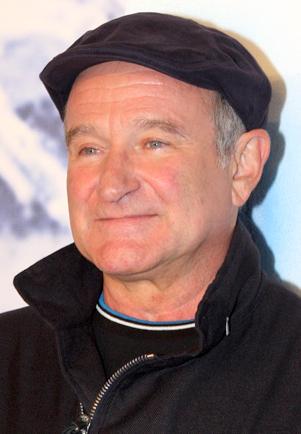
Before this crucial understanding, however, the insidious nature of Lewy body dementia meant that its symptoms did not manifest simultaneously but emerged in a disorienting, piecemeal fashion. Beginning in 2013, a year before his death, Williams started experiencing a bewildering array of seemingly unconnected ailments.
His wife, Susan, recalled the onset of “gut discomfort” and anxiety around their two-year wedding anniversary, followed by a resting tremor in his left hand, initially mistaken for an old shoulder injury. This was the nascent stage of a terrifying journey into the unknown for the couple.
The progression was a relentless and confusing “parade of symptoms,” as Susan described it, likening the experience to a game of “whack-a-mole.” One month it would be stomach cramps, heartburn, or digestive issues; the next, trouble with sight and smell, disturbed sleep, or limbs freezing mid-movement. His voice grew weaker, his posture less rigid, and he would sometimes inexplicably freeze on the spot, creating a terrifying and unpredictable reality for the couple.

This collection of symptoms led Susan to question, “Which symptom is it this month? I thought, is my husband a hypochondriac? We’re chasing it and there’s no answers, and by now we’d tried everything.” The pervasive anxiety and physical manifestations deeply impacted his daily life and personal demeanor.
The disease began to subtly, yet profoundly, alter the very essence of Robin Williams, the quick-witted, improvisational genius the world adored. Susan noted a marked shift in his personality, observing, “It was very out of character for Robin to be so paranoid. And that was the start of this 10-month drumbeat of increasing symptoms.” The memory loss and cognitive decline inflicted by LBD directly impaired his extraordinary ability to improvise, a cornerstone of his comedic and acting prowess.
Close colleagues and friends also bore witness to his deteriorating state. Actor Billy Crystal recounted seeing Williams in Los Angeles, noting, “I hadn’t seen him in about four or five months at the time, and I was a little taken aback by how he looked. He was thinner and he seemed a little frail.” Crystal observed a once-cheery Robin appearing quiet, sometimes staring blankly, and uncharacteristically bursting into tears upon saying goodbye, confessing only, “I’m a little crispy.”
The challenges intensified significantly during the filming of “Night at the Museum: Secret of the Tomb” in Vancouver. Makeup artist Cheri Minns described a harrowing experience, stating, “He wasn’t in good shape at all…He was sobbing in my arms at the end of every day. It was horrible. Horrible. But I just didn’t know.” Williams suffered a huge panic attack on location and eventually broke down, telling Minns, “I don’t know how anymore. I don’t know how to be funny.” The antipsychotic medications prescribed only exacerbated his condition, deepening his cycle of paranoia and delusions.
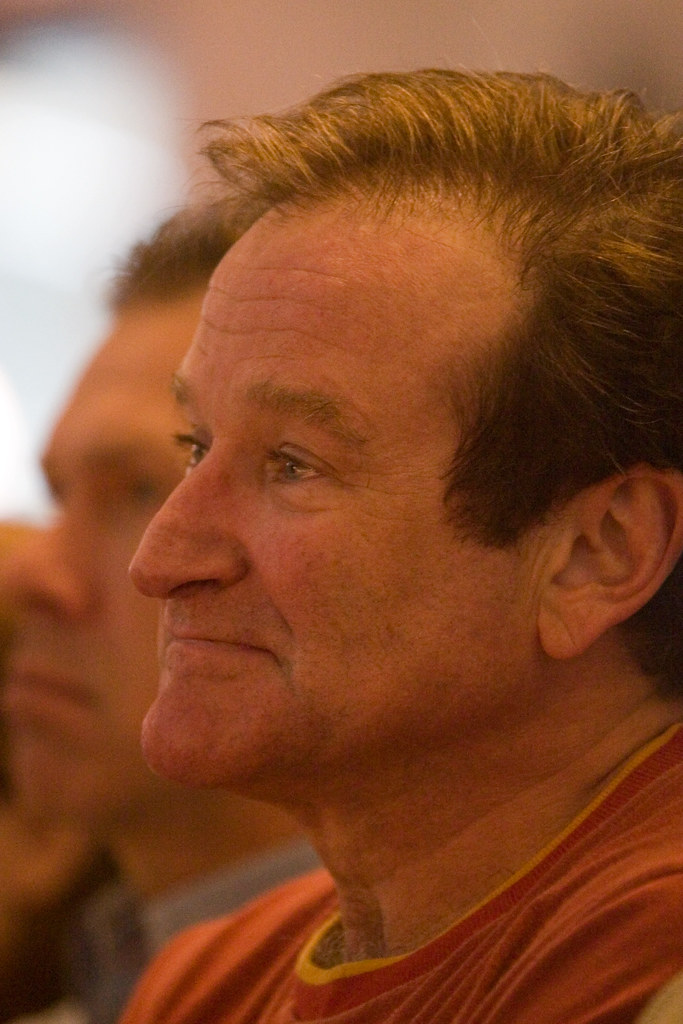
For months, Robin was relentlessly “chased by an invisible monster,” desperately seeking an explanation for his increasingly erratic and debilitating symptoms. Susan recalled the profound emotional toll: “He said to me, he said, ‘There’s something really wrong with me.’ I said, ‘I know, honey. I know there is. And we’re going to get to the bottom of this. I swear. We’re going to figure this out.’ And inside my mind, for the first time, I started to wonder, ‘Are we?’”
The initial diagnosis on May 28, 2014, was Parkinson’s disease, offering a brief, albeit misleading, sense of “release and relief” for the couple who felt they had finally found what they had been chasing. This diagnosis, however, would prove to be incomplete, as often happens with LBD.
The true, devastating clarity only emerged after Robin’s death, during the autopsy. Doctors discovered his brain was “filled with Lewy bodies”—abnormal protein clumps that build up in brain cells, characteristic of Lewy body dementia. Susan, initially unfamiliar with the term, found a tragic sense of understanding and validation in the findings.
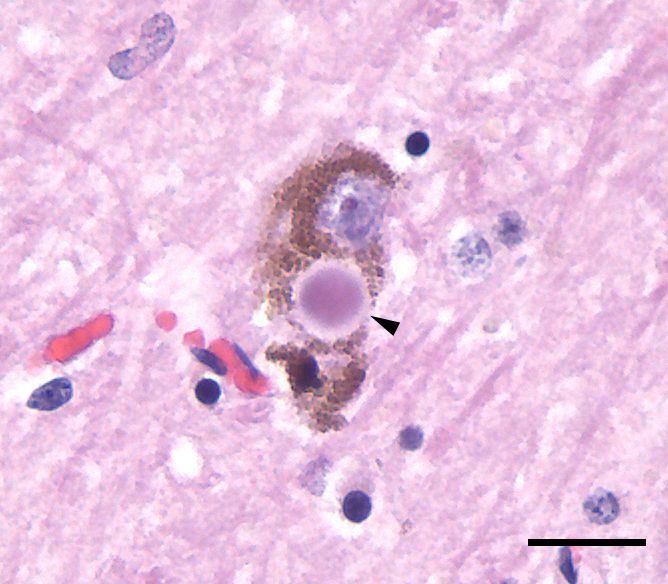
She recounted her reaction to the medical revelation: “‘Are you surprised that your husband had Lewy bodies throughout his entire brain and brain stem?’ I didn’t even know what Lewy bodies were,” Susan admitted. “But, I said: ‘No, I’m not surprised.’ The fact that something had infiltrated every part of my husband’s brain? That made perfect sense.” This post-mortem diagnosis finally provided the name for the relentless “thing that Robin and I had been searching for.”
Lewy body dementia accounts for a significant 10-15% of all dementia cases and is often misdiagnosed, frequently confused with Alzheimer’s or Parkinson’s due to overlapping symptoms. Its array of manifestations includes not only motor impairments akin to Parkinson’s but also visual hallucinations, profound anxiety, paranoia, memory loss, and severe insomnia. This comprehensive understanding shed light on the hell Robin must have been enduring, his mind disintegrating before his very eyes.
A poignant and heartbreaking aspect of Robin’s battle was his own acute awareness of his cognitive decline. Susan revealed to the medical journal Neurology that “Robin was losing his mind, and he was aware of it,” and he repeatedly expressed a desire for a “reboot for his brain.” She painted a vivid picture of his suffering: “Can you imagine the pain he felt as he experienced himself disintegrating? And not from something he would ever know the name of or understand? Neither he nor anyone could stop it—no amount of intelligence or love could hold it back.” This profound realization of his irreversible decline was coupled with a deep fear for his future.
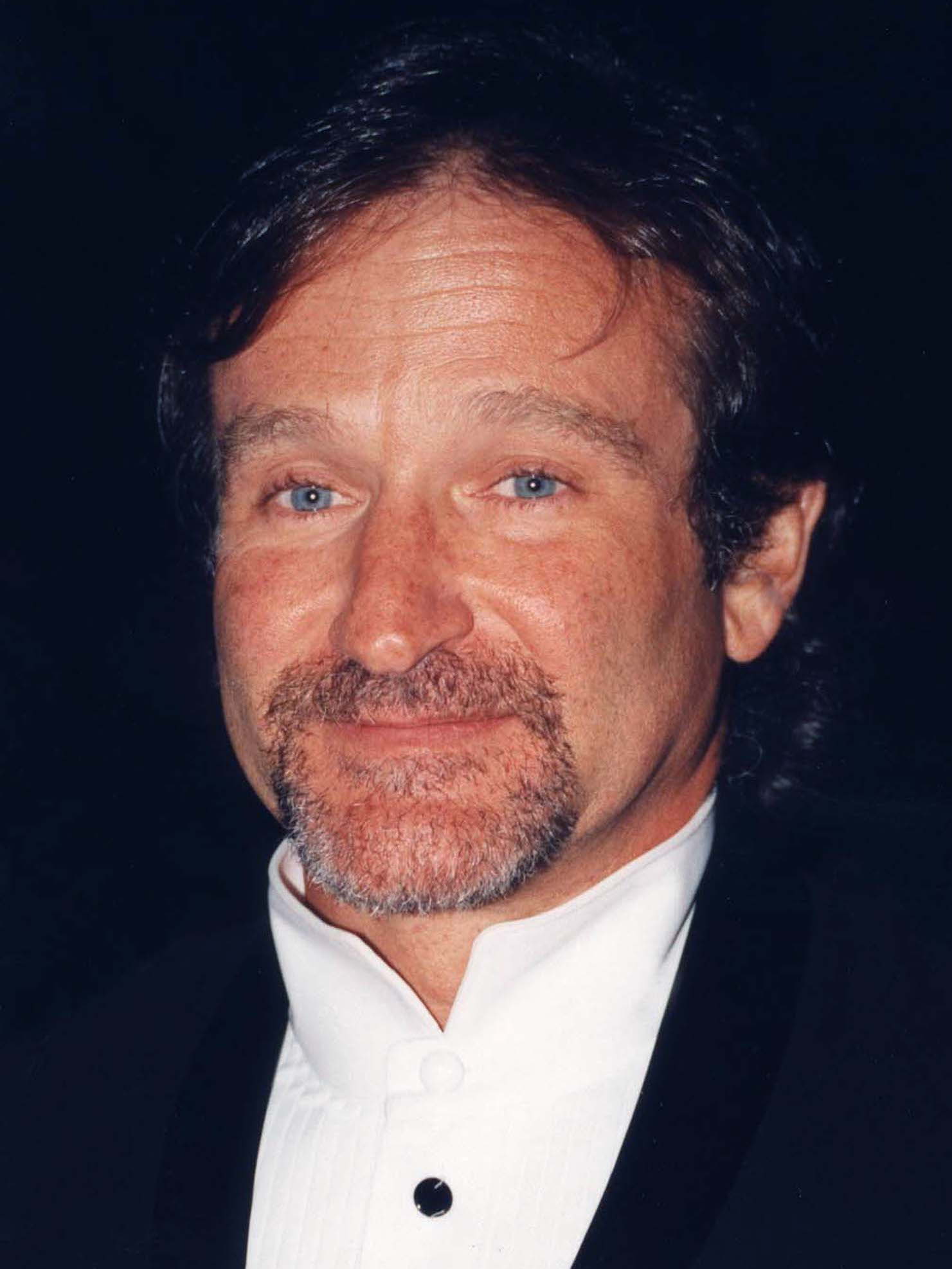
In the final weeks, the couple knew that Robin was scheduled to check into a facility for neurocognitive testing, a prospect that deeply unsettled him. Susan believes this impending stay was a significant factor in his ultimate decision, stating, “I think he didn’t want to go. I think he thought, ‘I’m going to get locked up and never come out,’” further adding, “It’s a good chance he would’ve been locked up.” The evening before his death, in a moment that would forever haunt Susan, Robin offered her a foot massage. She declined, unable to foresee the tragedy looming.
He returned to the room a couple of times that night, a final, lingering presence. His very last words to her, spoken with a laugh, were, “Good night, my love,” to which Susan replied, “Good night, my love.” The next morning, Susan left for work, thinking he was still asleep. It was not until 11:30 AM, after not hearing from him, that she asked his assistant to check on him, leading to the devastating discovery.
Susan’s journey through grief was marked by an extraordinary act of grace. Upon arriving home after learning of his death, she found herself able to be with him after the first responders. In that moment of profound despair, Susan offered her husband an extraordinary act of grace: “I got to pray with him. And I got to tell him, ‘I forgive you 50 billion percent, with all my heart. You’re the bravest man I’ve ever known.’”
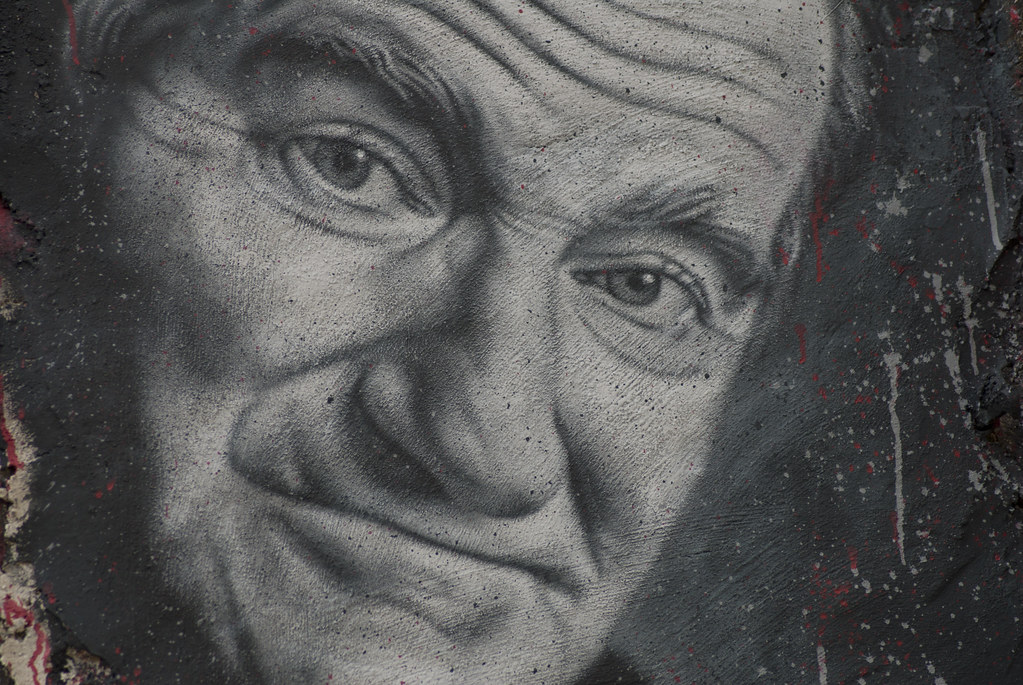
She explained her belief that his act was ultimately a desperate attempt to reclaim control over his destiny, saying, “I think he was just saying, ‘No.’ And I don’t blame him one bit. I don’t blame him one bit.” This powerful statement underscores the depth of her understanding of his suffering and his agonizing decision.
Beyond the manic energy and public persona that defined his celebrity, Robin Williams was, in private, a vastly different individual. His wife described him as “quiet, contemplative, and an intellectual,” highlighting the stark contrast between his formidable work as a stand-up comedian and actor, and the introspective man he was at home. His funeral was a private affair; his body was cremated at Monte’s Chapel of the Hills in San Anselmo, and his ashes were scattered over San Francisco Bay on August 21, 2014, a place he had lived for almost 50 years and found profound peace.
Driven by the desire to correct the pervasive “misunderstandings out there about what had happened to him, and about Lewy bodies,” Susan Schneider Williams embarked on a crucial mission to raise awareness. She decided to create a documentary about her late husband’s experience with the disease, culminating in “Robin’s Wish,” released in September 2020. This autobiographical film served as a powerful testament to their shared struggle and a vital educational tool for others navigating similar circumstances.
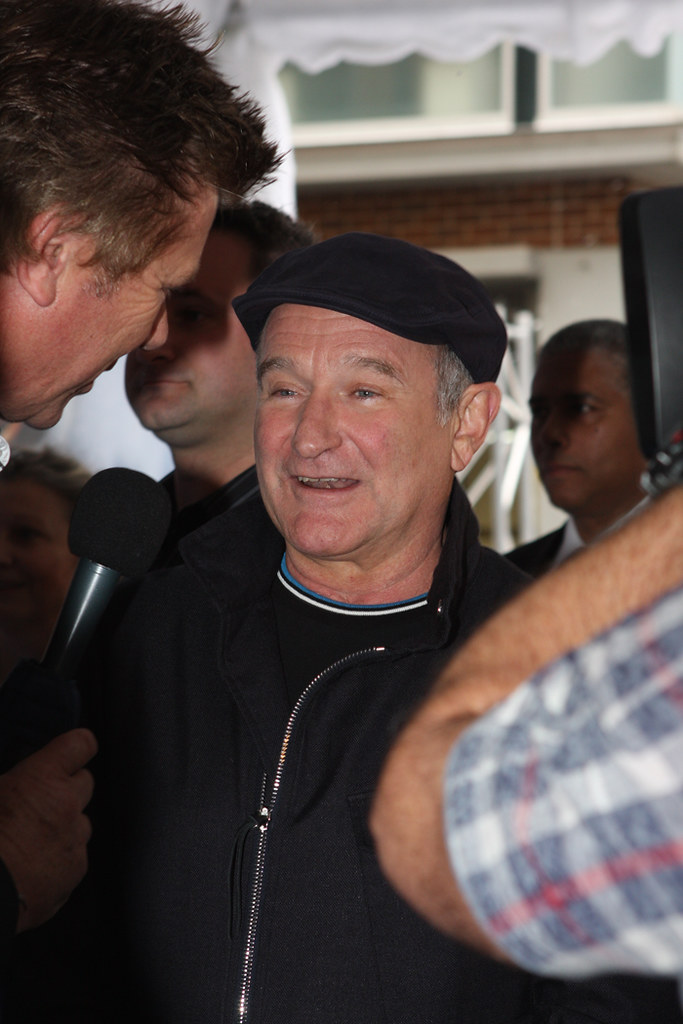
Susan’s dedication stems from a deep conviction that if Robin “weren’t famous, I would not have put myself through this.” Yet, the imperative to share their agonizing journey for the greater good propelled her forward. By offering this intimate and often painful account, she has ensured that Williams’s final struggle illuminates the complexities of Lewy body dementia, transforming his personal tragedy into a beacon of understanding for countless others grappling with this “invisible monster.”
Robin Williams’ brilliance resonated across the globe, bringing laughter, tears, and profound reflection to generations. His personal narrative, now revealed through the courageous candor of his wife, stands as a stark reminder of the hidden battles many face, particularly against insidious neurodegenerative diseases like Lewy body dementia. It is a story not only of immense talent and tragic loss, but also of unwavering love, profound forgiveness, and the enduring power of truth to educate and heal. As we reflect on the man who gave so much, his legacy now also includes a vital call to compassion and a deeper comprehension of the complex tapestry of the human mind.

